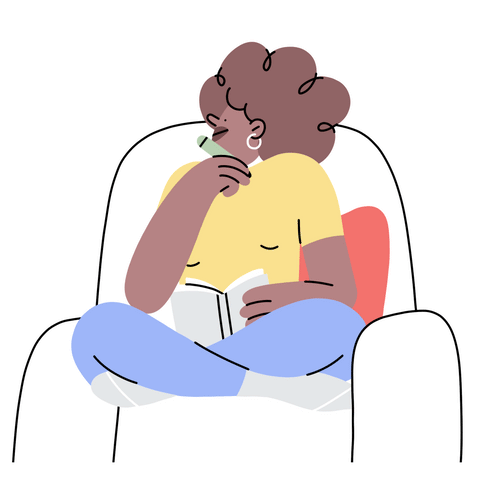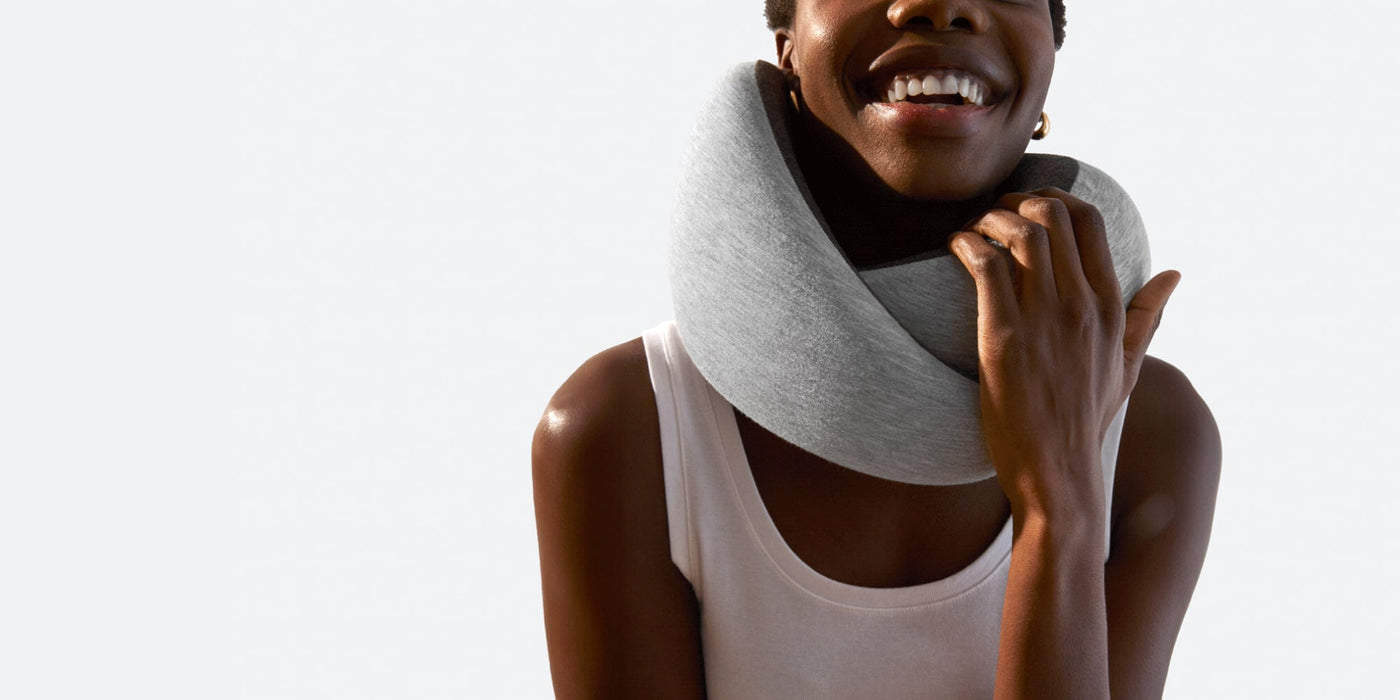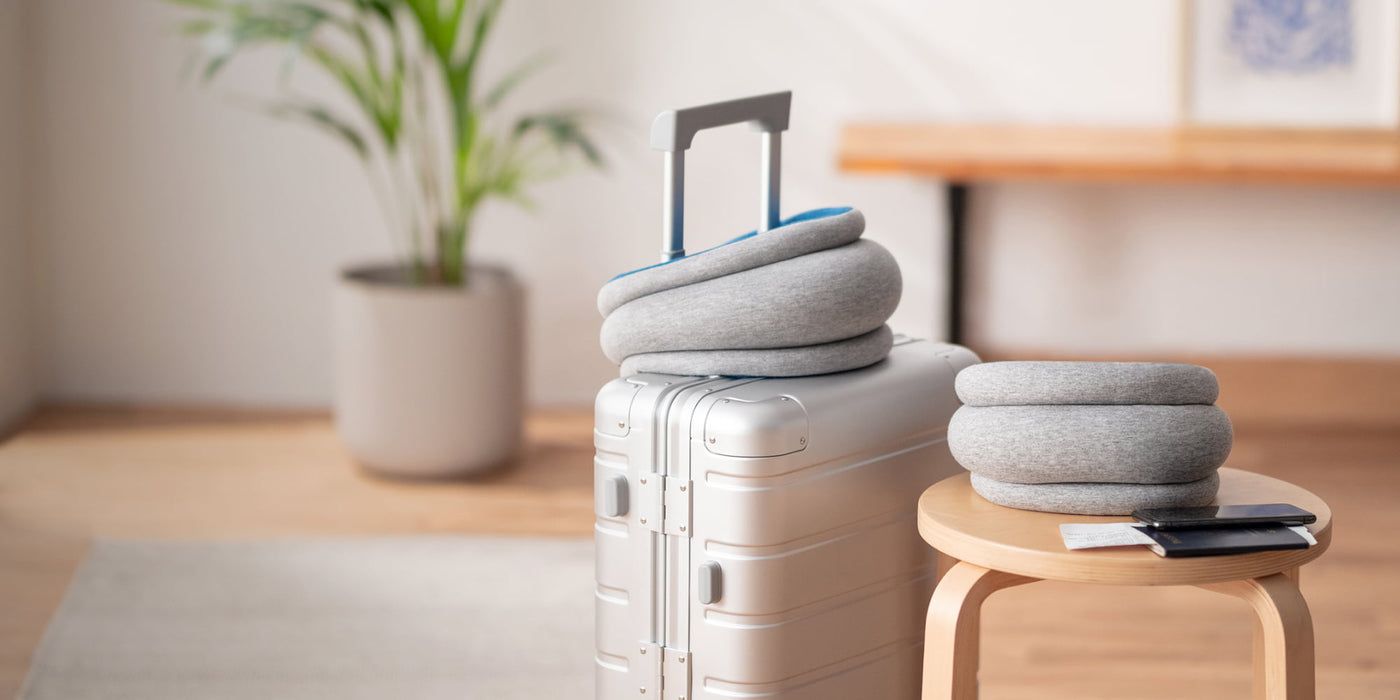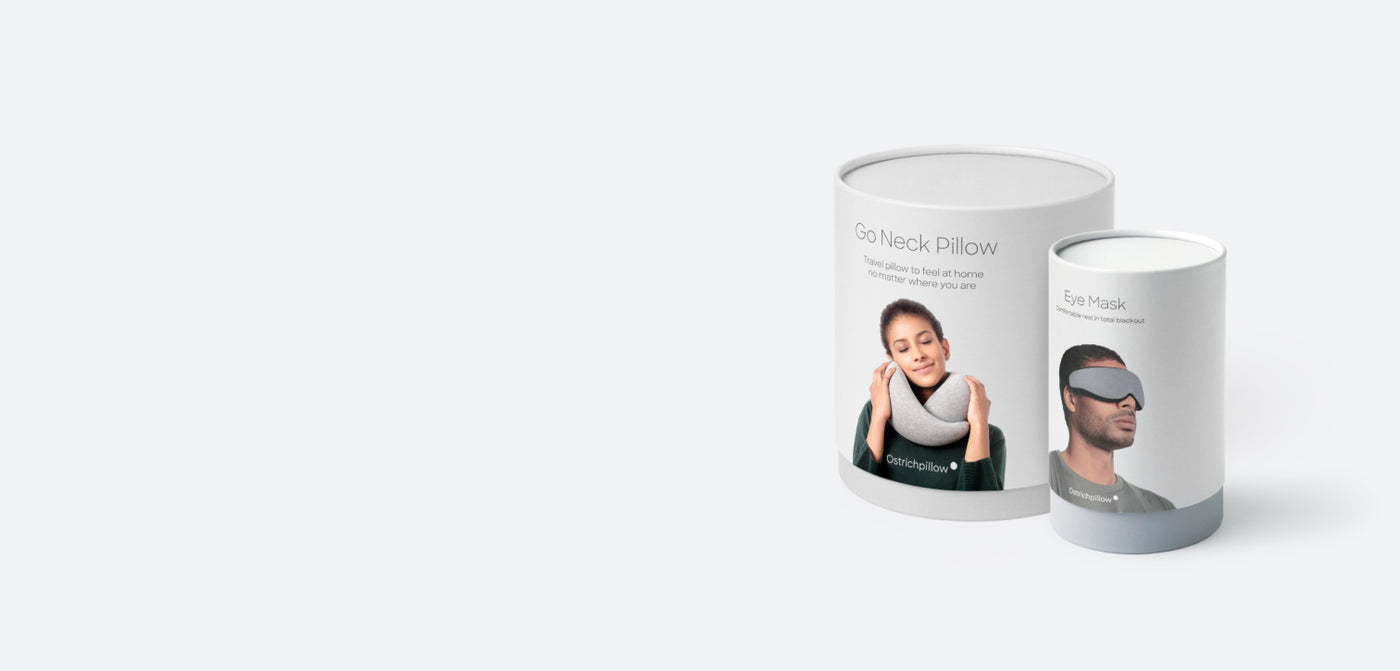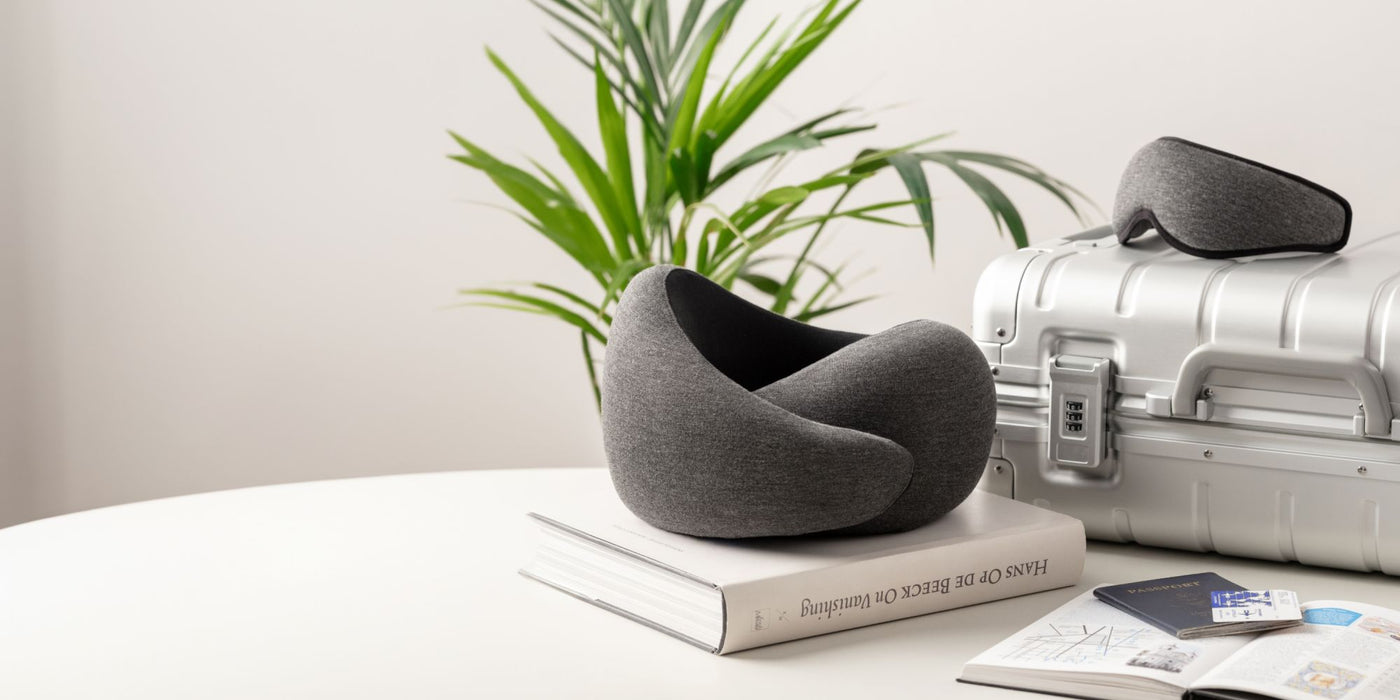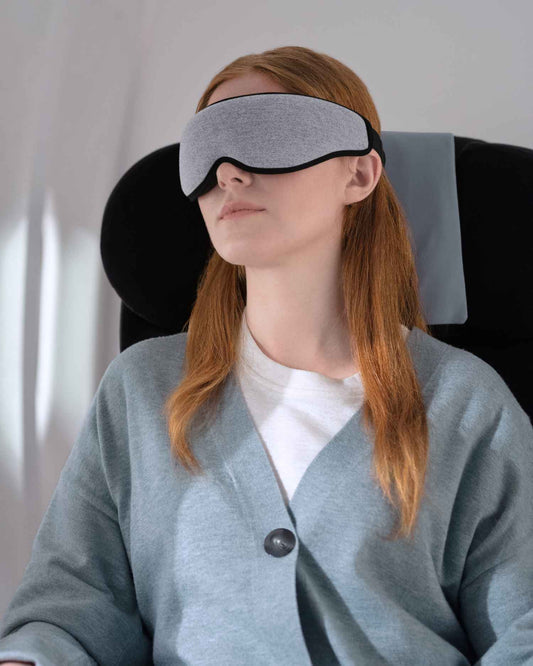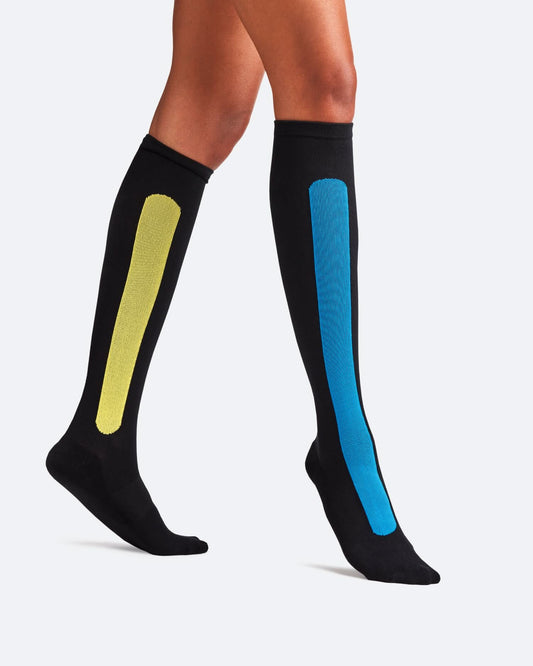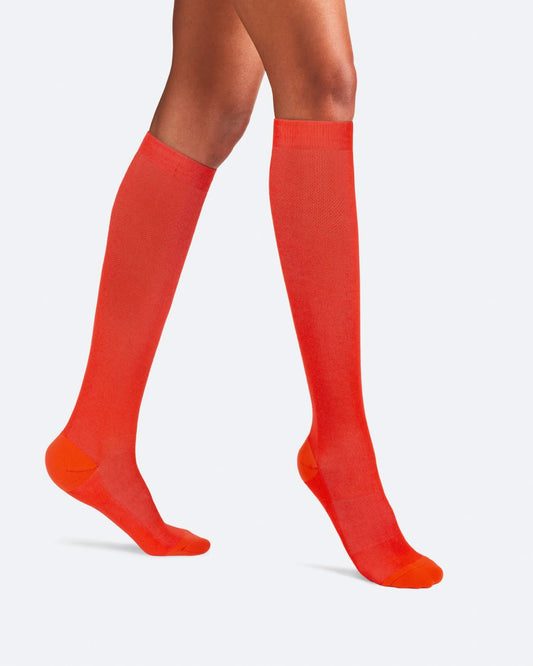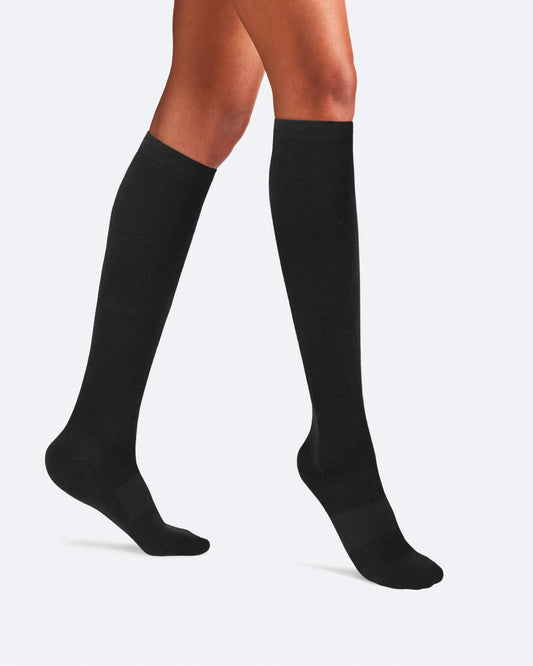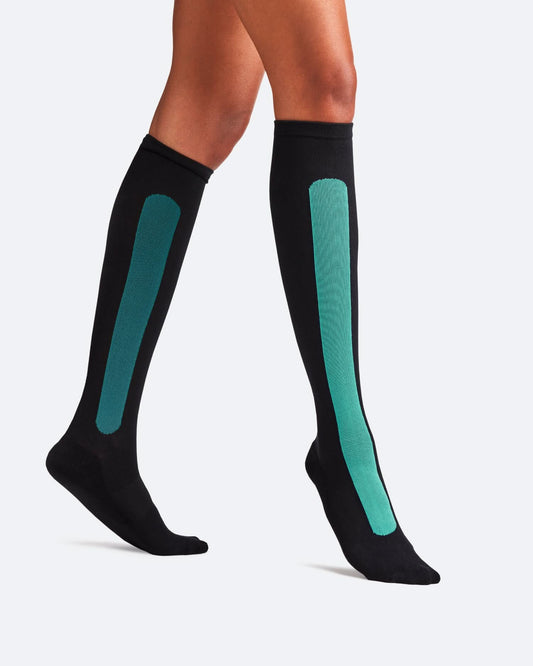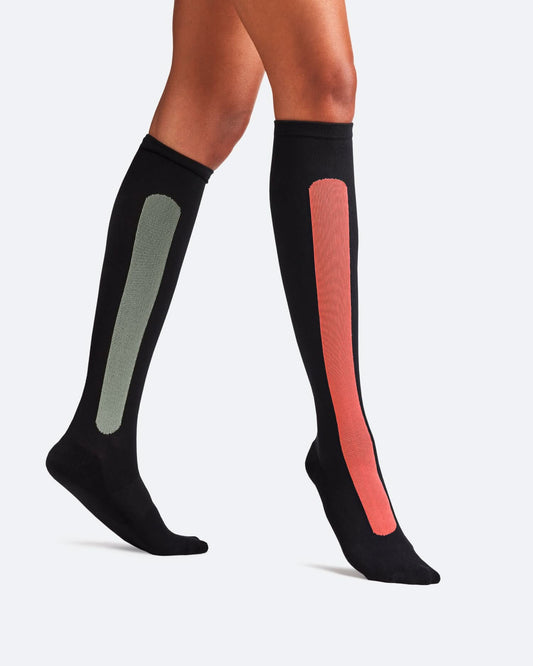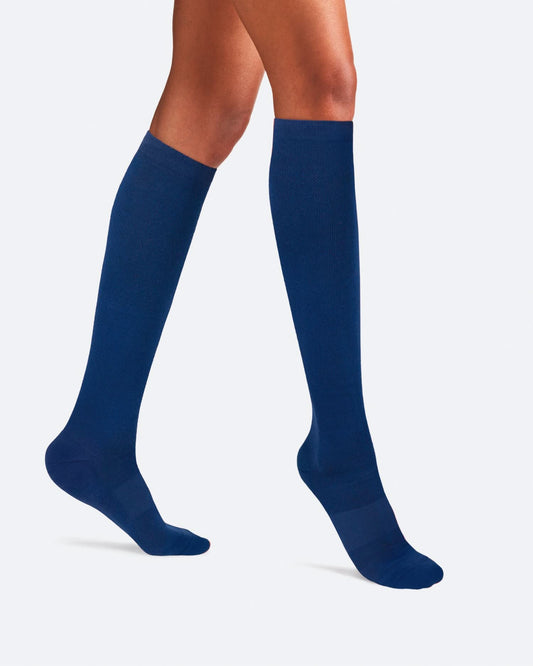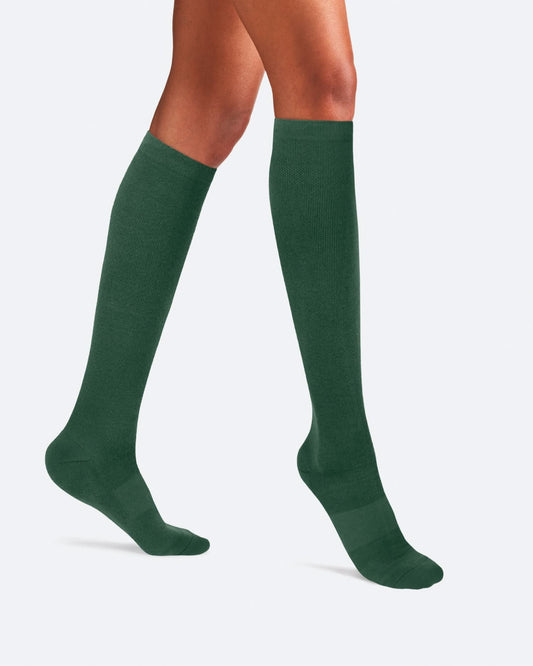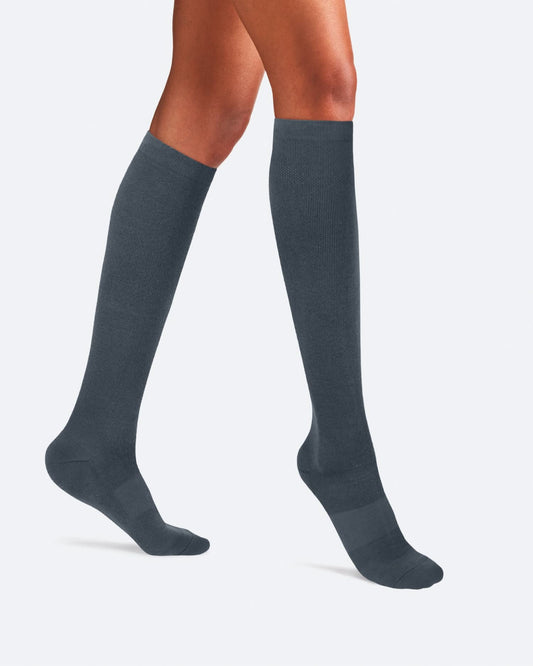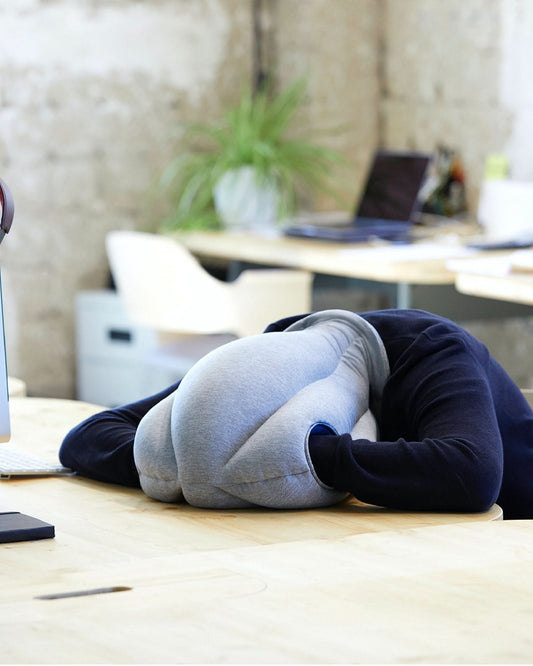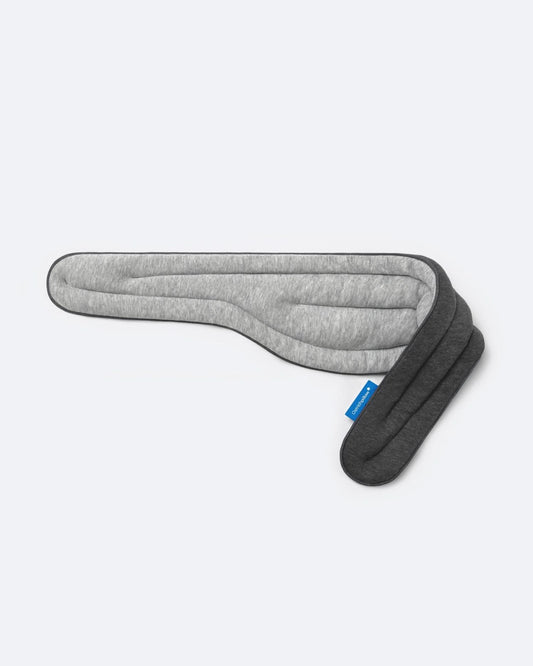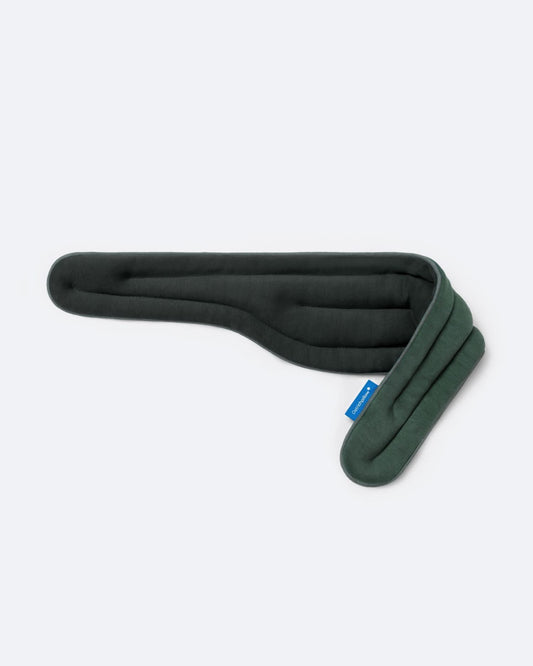When our community approached us asking for a way to block out light for better rest, we decided to take up the challenge and get going.

After analyzing where our users need to rest and when light is a problem to achieve an optimal total darkness situation, we began our Evolutionary Design process.
Background: Our faces are not flat
All of our faces are three-dimensional and different, with many factors that vary among each of us: the distance between the eyes, the size of the nose, the shape of the cheekbones, and the perimeter of the head.

It seems obvious — but apparently, nobody else had thought about these factors when creating an eye mask with the user in mind from the beginning.
That's why we started by working with 3D technology, building 3D models from scratch to find an ergonomic mask that would work for most people. We tested different densities, thicknesses, and materials to achieve the best balance between layers that gave the mask a three-dimensional structure and cushioned softness for the comfortable, cozy feel that you expect from Ostrichpillow.

The challenge

The solution
An innovative design process
The solution was to create an innovative manufacturing process. Many sleep masks are manufactured with a flat shape, which means that when the user tries to fit the mask to their face, it bunches and wrinkles — causing light leaks — or it puts too much pressure on the nose, causing snoring.

To overcome these issues, our engineers worked on several molds while keeping in close conversation with our team in China, pushing the capabilities of the materials to the limit. We used new materials as we progressed through our evolutionary design process, and worked on multiple factors simultaneously: temperature, time, and pressure in the molds until we got the perfect mix.

The output

